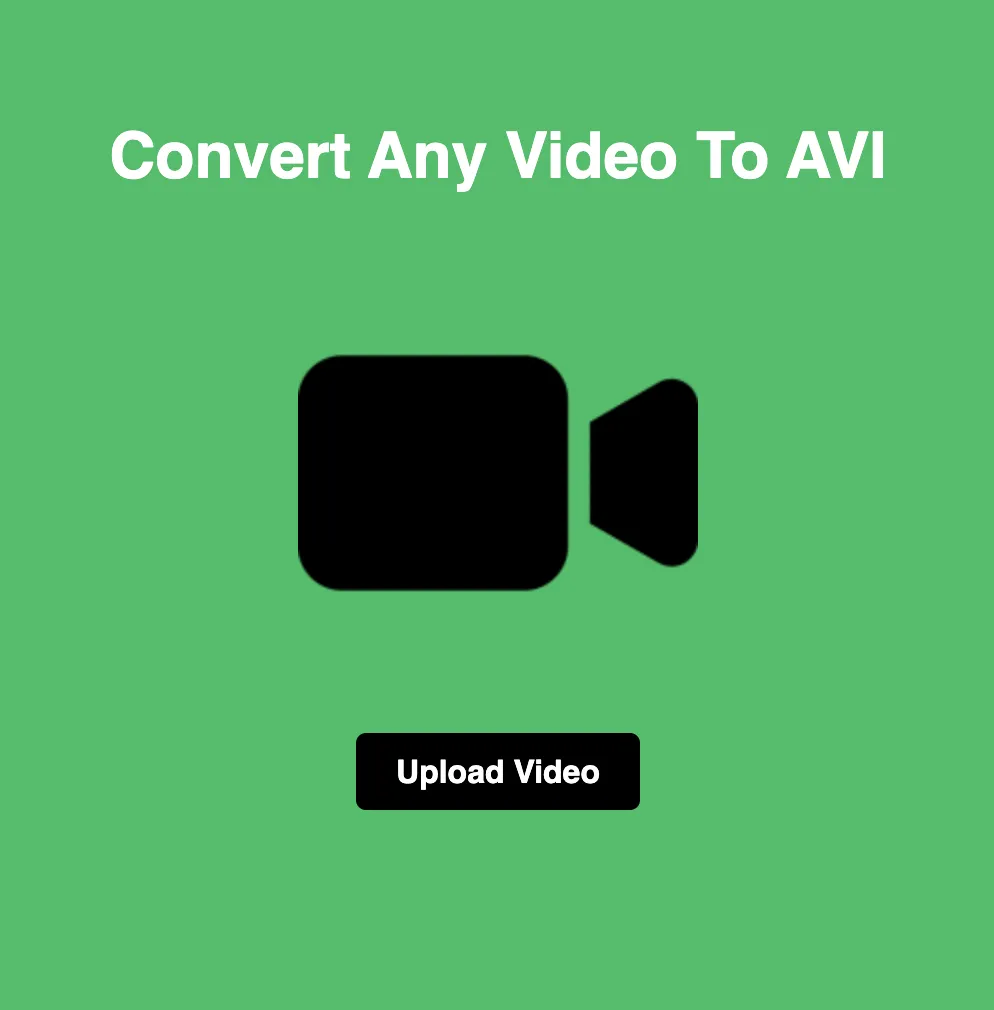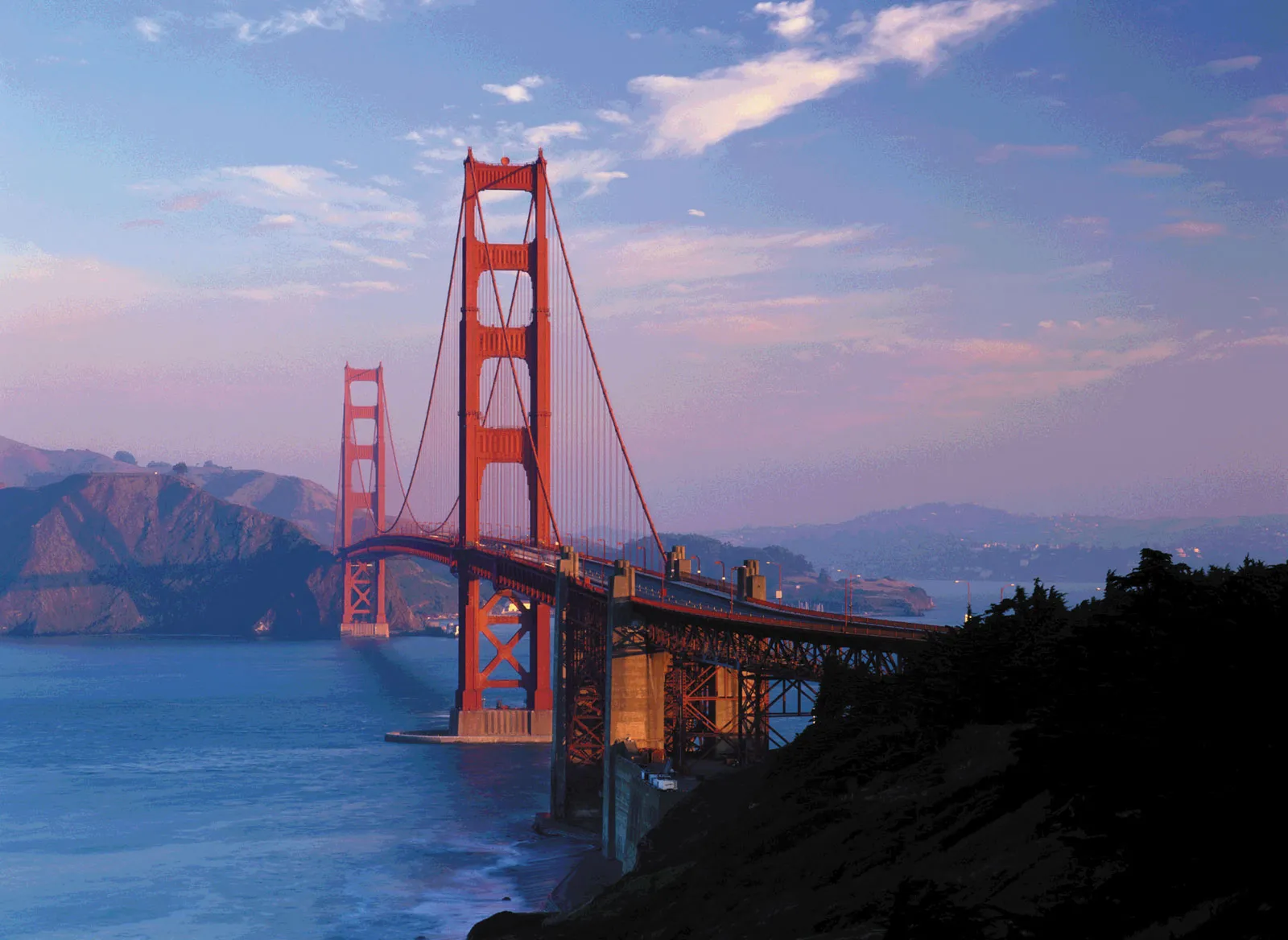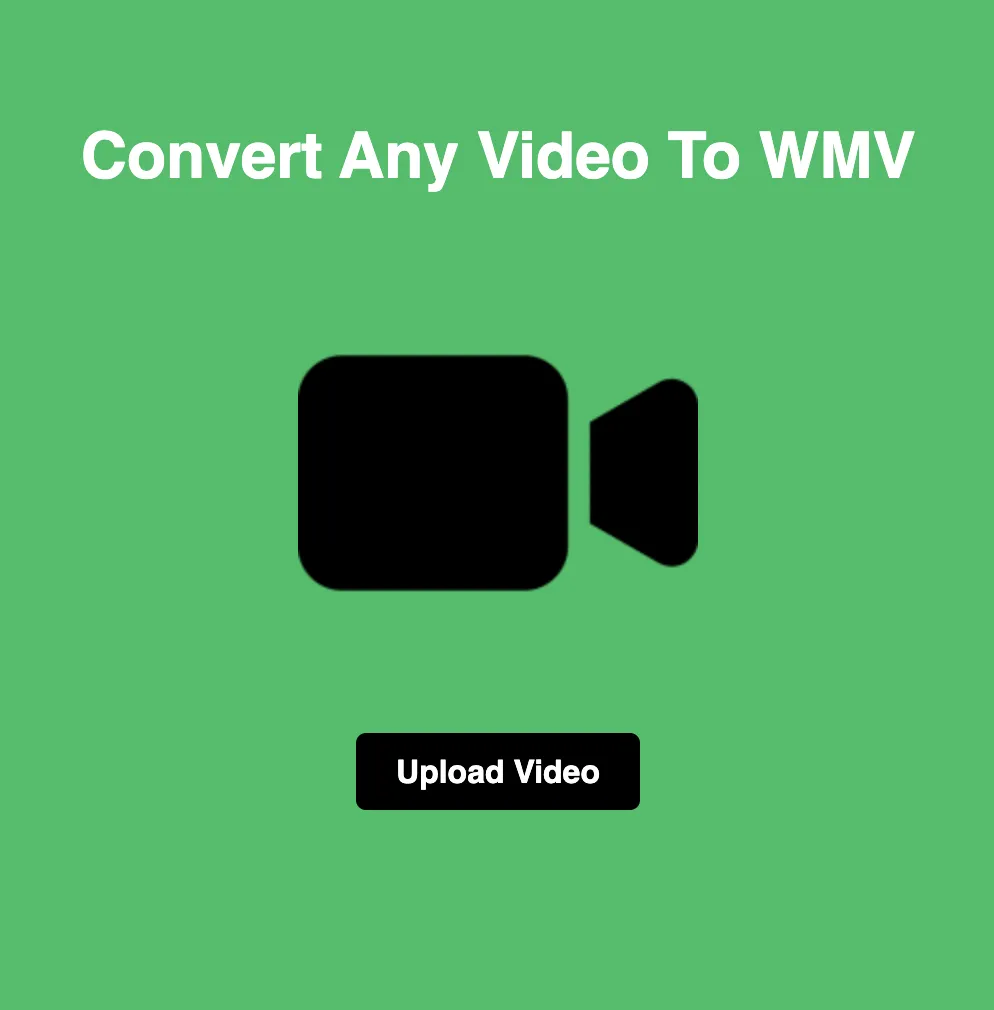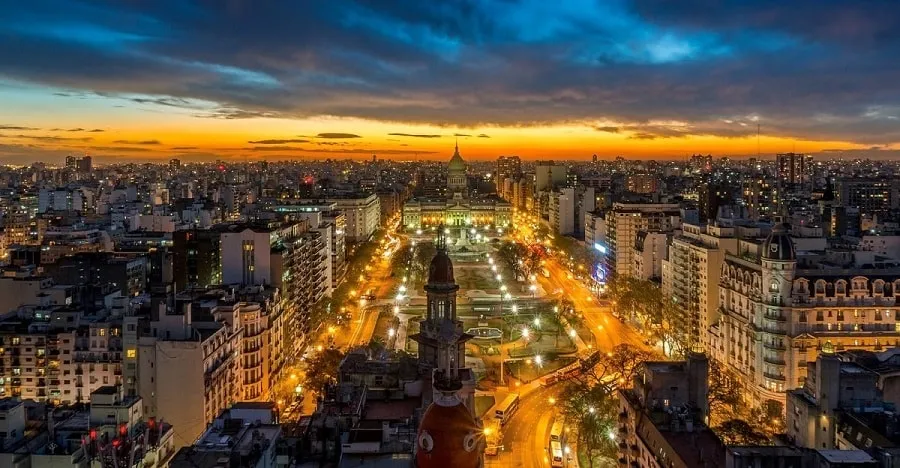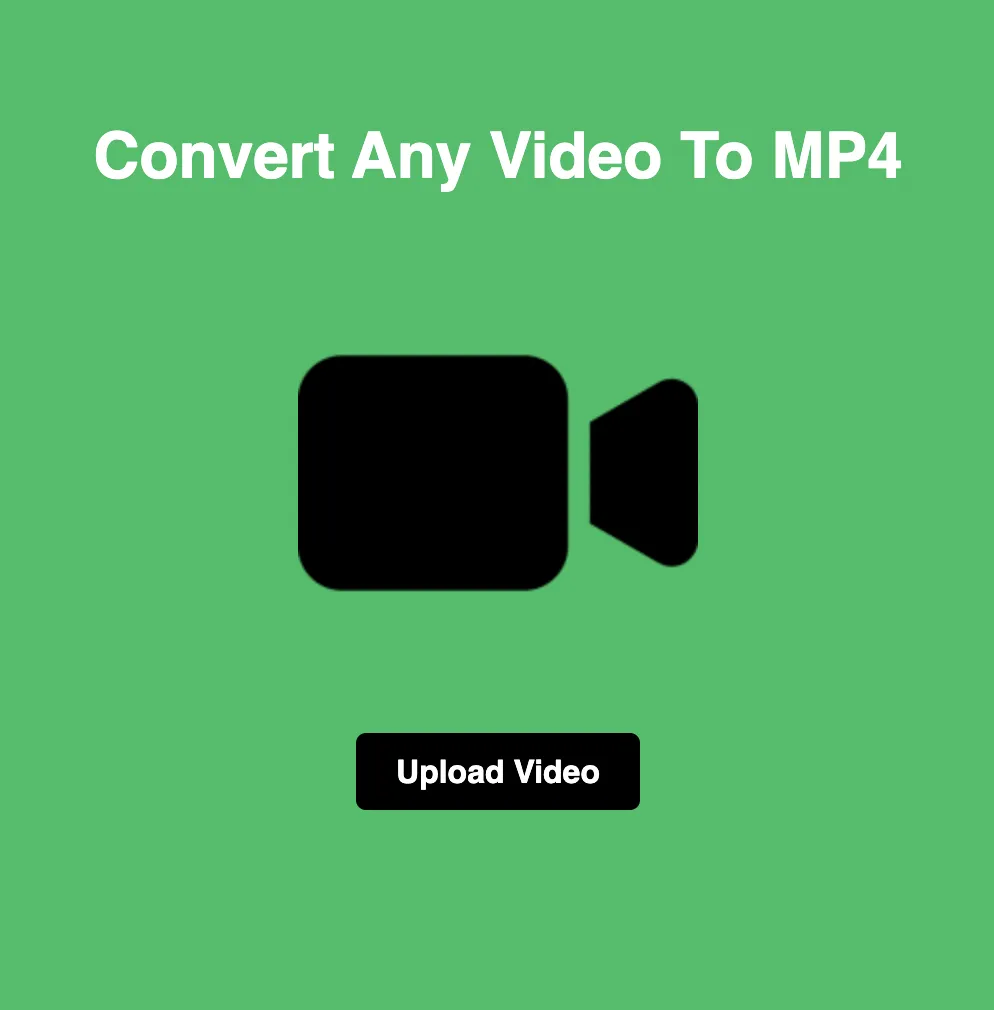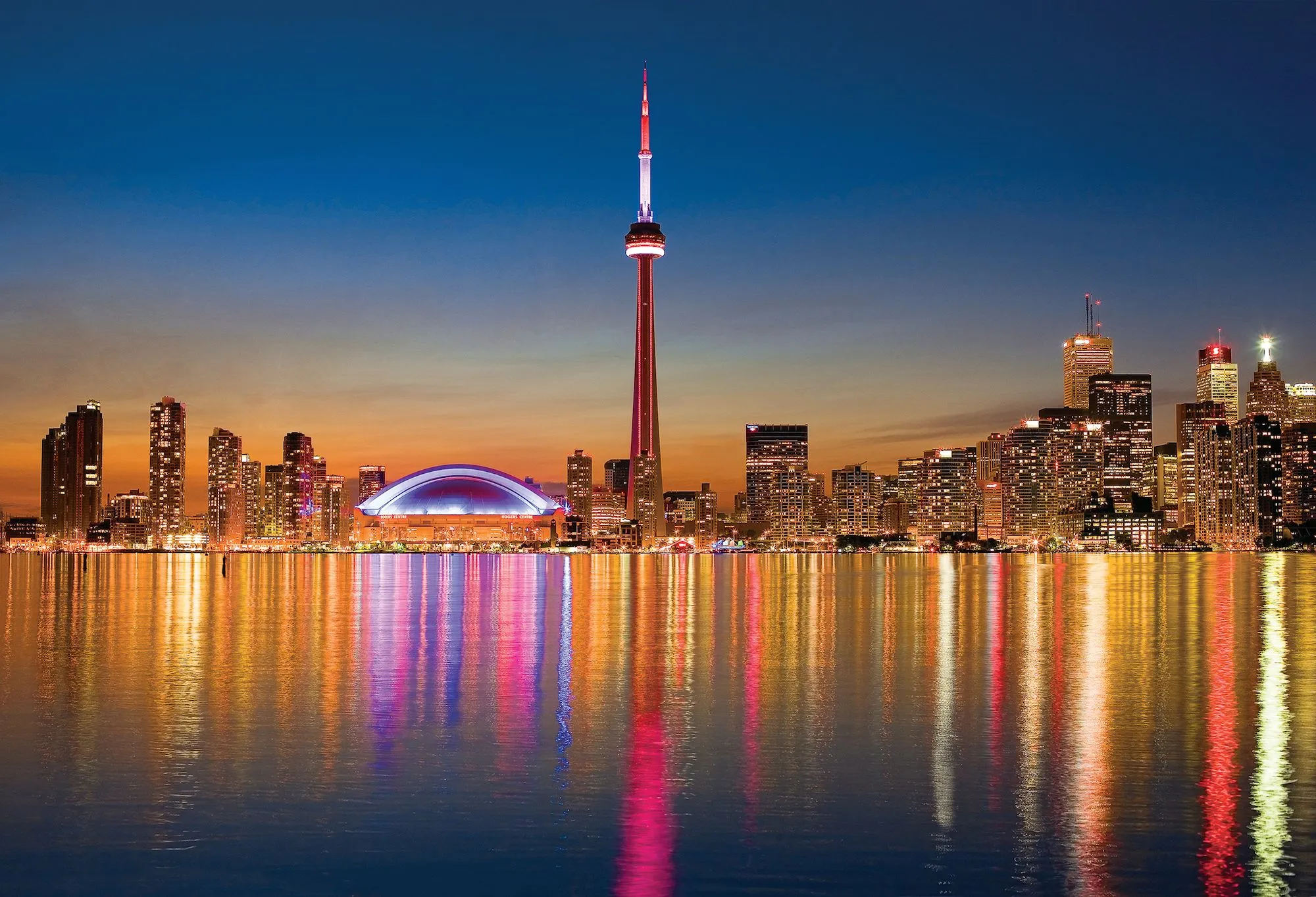
The Influence of Image Format on Tinder Reach: Myth or Reality?
In the realm of online dating, Tinder stands as one of the most popular platforms for singles to connect and explore potential matches. With its swipe-based interface and emphasis on visual appeal, the images you choose to showcase on Tinder play a crucial role in attracting attention and sparking interest. However, a question that often arises among Tinder users is whether the image format they select has any impact on their reach and success in finding matches. In this blog, we'll delve into this topic and explore whether image format truly affects Tinder reach, using real-world use cases and insights.
Understanding Image Formats:
Before we explore the potential impact of image formats on Tinder reach, let's first understand the common image formats used on the platform:
JPEG (Joint Photographic Experts Group): JPEG is a widely used image format known for its efficient compression and compatibility. It is ideal for photographs with complex details and color gradients.
PNG (Portable Network Graphics): PNG is a lossless image format that supports transparency and high-quality graphics. It is commonly used for images with sharp edges, text, and transparent backgrounds.
WEBP: WEBP is a modern image format developed by Google, designed to offer both lossy and lossless compression. It provides smaller file sizes compared to JPEG and PNG without compromising image quality.
Does Image Format Impact Tinder Reach?
Now, let's address the burning question: Does the choice of image format impact your reach and success on Tinder? While there is no definitive answer, let's explore some potential scenarios and factors to consider:
Visual Appeal and First Impressions:
Use Case: A user uploads a profile picture in both JPEG and PNG formats.
Differences: Your profile picture serves as the first impression you make on potential matches. While JPEG files may load faster and appear visually appealing, PNG files, with their higher image quality and sharp details, may stand out more in a sea of profiles. Additionally, the transparency feature of PNG files allows for creative editing and overlaying elements, potentially enhancing the overall attractiveness of your profile picture.
Platform Compatibility and Loading Speed:
Use Case: A user experiments with different image formats to see how they affect their profile's loading speed.
Differences: Tinder's platform compatibility and loading speed can significantly impact user experience and engagement. While JPEG files are universally supported and load quickly, PNG files may experience compatibility issues on certain devices or slower internet connections. WEBP files, if supported by Tinder's image processing system, offer a balance between file size and image quality, potentially providing faster loading times and a smoother browsing experience.
User Interaction and Swipe Decisions:
Use Case: A user conducts an A/B test using different image formats to gauge their impact on match rates.
Differences: The image format you choose can influence how users interact with your profile and make swipe decisions. While visually appealing JPEG files may attract initial attention, PNG files with their higher image quality may encourage users to spend more time viewing your profile and swiping right. Additionally, WEBP files, if they offer a good balance of image quality and loading speed, may lead to higher match rates by providing a seamless browsing experience.
Conclusion:
In conclusion, while the choice of image format may not directly impact Tinder's matching algorithm, it can indirectly affect user perception, engagement, and swipe decisions. Factors such as visual appeal, platform compatibility, loading speed, and user interaction play crucial roles in determining the effectiveness of your profile pictures on Tinder. As a user, it's essential to experiment with different image formats and monitor their impact on your reach and success in finding matches. By understanding the nuances of each format and its potential influence, you can optimize your Tinder profile to attract more attention and increase your chances of making meaningful connections.

